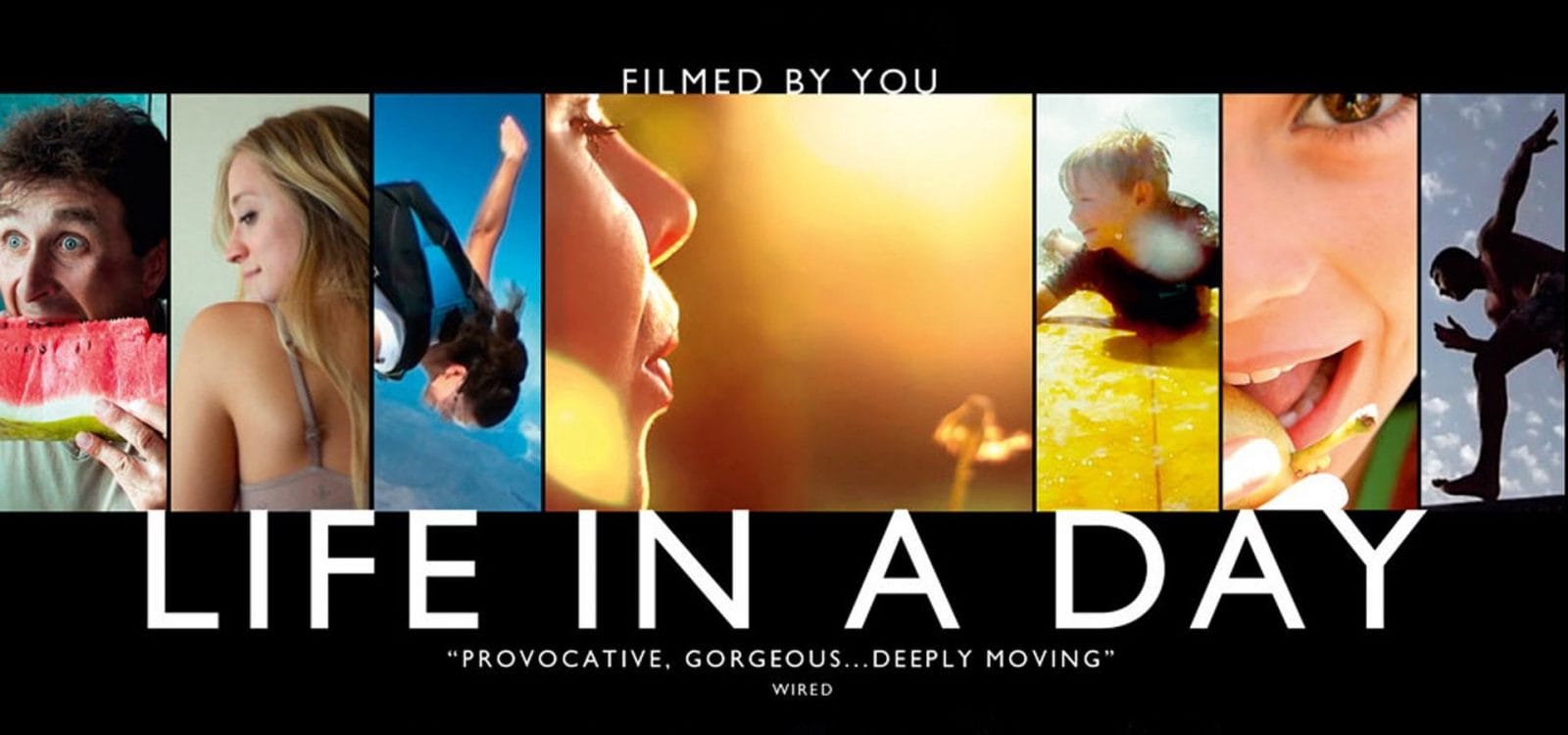Interactive art crowdsourced through networked digital media is blurring the lines between what it means to be an artist and a participant.

Interactive art crowdsourced through networked digital media is blurring the lines between what it means to be an artist and a participant. Jim Cambell Leonardo brings up a very interesting point in his article “Delusions of Dialogue: Control and Choice in Interactive Art.” He questions how authentic can art be if it is being reduced to a logical algorithm before being outputted. Often this can create a very boring and predictable experience for the end-user. To address this issue, he implies that artists that use computers as a medium for creating art are simply using a different starting point.
He challenges us to not think about how we can make our art fit into the computer. He says we should start from the computer, and from there discover how can we create art using the computer. This will allow a non-predictable and fluid experience for the user.
When an artist is using third-party programs as intermediaries or to provide specific functions for a digital art piece, they must figure out how to not let these programs’ biases affect their art. How is that possible? It may not be possible. But what an artist can do is essentially make the program invisible. Leonardo said that when a program has an illusion of being invisible it is difficult for users to not project intelligence onto the responses of their actions.
Crowdsourcing Movies
I think when it comes to movies; film producers successfully create a suspension of belief. A challenge for digital artists is how can they create a suspension of belief. How can the art piece be made so the user gets lost in their interaction with it? He suggests that perhaps the only true way to meaningfully dialogue using a computer is between two people. Two people interact with one another through a computerized medium.
Artists are creating interactive art pieces by leveraging networked digital media to crowdsource aspects of the creation of the art piece. Crowdsourcing is creating an art piece, or anything, made of a collection of small pieces that are submitted by many individuals. A couple of the challenges to crowdsourcing is authorship and creativity. Who actually is the author and who gets to claim creative credit? Traditionally, when the creators’ identity is known, the question of authorship is not normally a problem. In the case of crowdfunding, the authors or contributors might be unknown.
Life In A Day
For example, for the movie Life In A Day, producer Ridley Scott and Oscar-winning director Kevin Macdonald asked people from all over the world to film a day of their life and submit the raw film footage to them. They then curated the clips and made a movie out of them. Even though Kevin Macdonald directed the film, he didn’t make the individual pieces. On IMDB.com, they did credit each person who had a clip featured as co-director. But what if hundreds of people’s submitted contributions made it into the film? Who is the artist? Though these questions persist, crowdfunding is growing in popularity creating some amazing and beautiful digital art pieces. As art moves more into collective pieces, I wonder how that will affect the individualistic nature of our culture. Will our individualism erode over time?